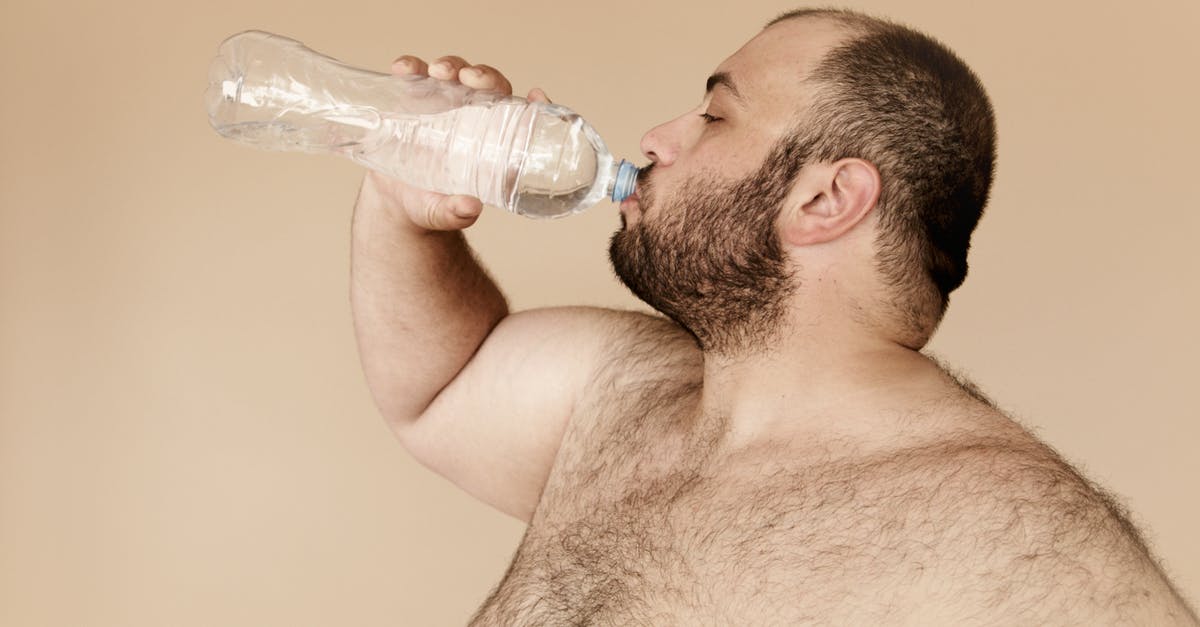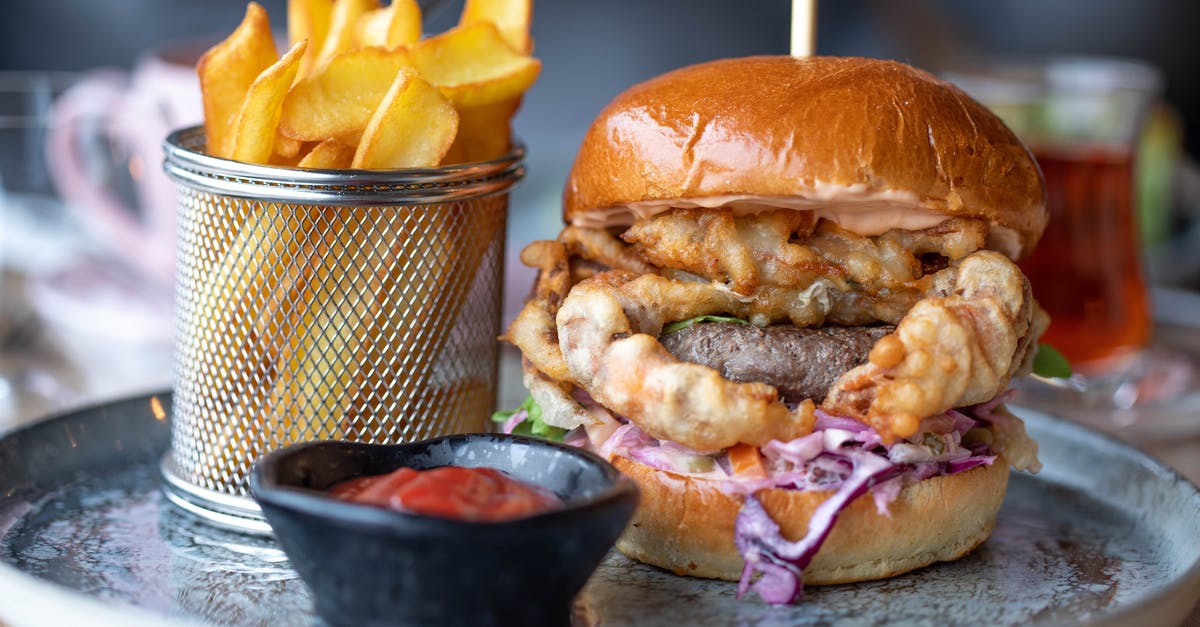Which emulsifer to use for low viscosity emulsions of 10-20% fat and water

I'd like to create low viscosity emulsions of between 10% to 20% fat and ~80% water, the hope was to have a viscosity somewhere around that of milk or cream. Slightly thicker could be ok as well but my goal is for it to be as thin and fluid as possible. I'd like the emulsion to be quite stable. I'll also add that this is for a dessert. The typical culinary emulsifiers we all have around like eggs seem to me to not produce particularly stable emulsions at low viscosity (basing my conclusions here on salad dressings). I have Methyl cellulose (which is my current best guess) and a number of other food additives from various projects but I've typically used those as part of specific recipes; I don't know how to use those as part of a creative project like this.
I'll add that I'd like to maximize flavor release and that this will be cold. I feel like aside from viscosity sauces thickened with various thickeners have different mouth feels to them. I've noticed kudzu root is more gummy than corn starch for instance and xanthum gum seems to be particularly gummy. I'd like to minimize that perceived gummyness however imperceptible it might be at low viscosity. Perhaps thats just my imagination.
What emulsifiers will give me the lowest viscosity and remain exceptionally stable in the fridge? I'm willing to buy stuff off of places like modernistpantry if need be.
Best Answer
Milk ?
You mention milk in your question, so let's start there. Milk is about 2-4% fat, 8-10% milk solids, and the rest water. It has your ideal viscosity, is great cold, and carries flavor well. Commercial milk doesn't separate & is remarkably stable. (It's important to note that fresh-from-the-cow milk separates rather easily, and is therefore generally called "cream top" milk.)
It is pretty close to fitting your parameters. So how do they do it?
Homogenization
Homogenization is done by forcing milk though an extremely narrow opening at pressure above 2000 psi (and as much as several times higher). The combination of extreme pressure and turbulence causes the fat to break up into tiny bits.
The ultrasmall fat globules combine with the naturally occurring emulsifiers in the milk solids (whey proteins, casein) to form an emulsion that is a impressively stable.
Home Homogenization
You don't, really. I'm not aware of any home homogenization methods that would produce something as stable as milk, as you describe.
Why not? When I think of "high pressure though a narrow opening," my mind goes directly to a pressure washer. Most of the home (especially electric-powered) pressure washers operate below 2000psi. Gasoline-powered and commercial pressure washers do get above 2000psi used at the low end of homogenization. Pressure washers are not rated for food safety.
Perhaps you could devise a way to ensure all the necessary parts of a gas powered pressure washer were food safe and sanitized, and spray your emulsion into a stainless steel tank for capture, and achieve some sort of very stable, low viscosity emulsion. But it doesn't seem practical, not to mention there being obvious safety concerns.
Another way?
Maybe? I focused on milk specifically because it's a concrete example. Your question is a bit more hypothetical, which makes a specific answer harder to nail down. Given a more concrete example, there could be simpler answer. Depending on what ingredients you want to emulsify, for how long you want to hold it, and how you want to use it, a reasonable combination of emulsifiers (like lecithin), thickeners (like starch, or agar agar), heat, pressure, mixing, and thinking differently might solve your problem. Whipped cream isn't a stable emulsion, but squirty whipped cream cans solve the problem a different way.
Pictures about "Which emulsifer to use for low viscosity emulsions of 10-20% fat and water"



How do I choose the right emulsifier?
Emulsifier Selection. Emulsifier selection is based upon the final product characteristics, emulsion preparation methodology, the amount of emulsifier added, the chemical and physical characteristics of each phase, and the presence of other functional components in the emulsion.What type of emulsifier would be used in an oil in water emulsion?
Egg yolk contains two emulsifiers\u2014lecithin, which promotes oil in water emulsions, and cholesterol, which promotes water in oil emulsions. Egg yolk is the traditional emulsifier for mayonnaise and other culinary sauces, but because of its dual functionality, these products can be tricky to make successfully.How do I know how much emulsifier to use?
When using the the majority of the emulsifiers mentioned in Step 1, a general starting rule is to add the emulsifier blend at around 25% of the total of the oil soluble ingredients with a minimum of 3% total emulsifier, and a maximum of 7%.How do you stabilize water in oil emulsion?
Compounds with higher solubility in the oil phase than in the aqueous phase are the most likely emulsifying agents to produce stable water-in-oil emulsions. Waxes and sea water particles, such as clays, can contribute to the stability of water-in-oil emulsions, but cannot by themselves produce stable emulsions.Sources: Stack Exchange - This article follows the attribution requirements of Stack Exchange and is licensed under CC BY-SA 3.0.
Images: Artem Podrez, Anna Tarazevich, Valeria Boltneva, Andres Ayrton
